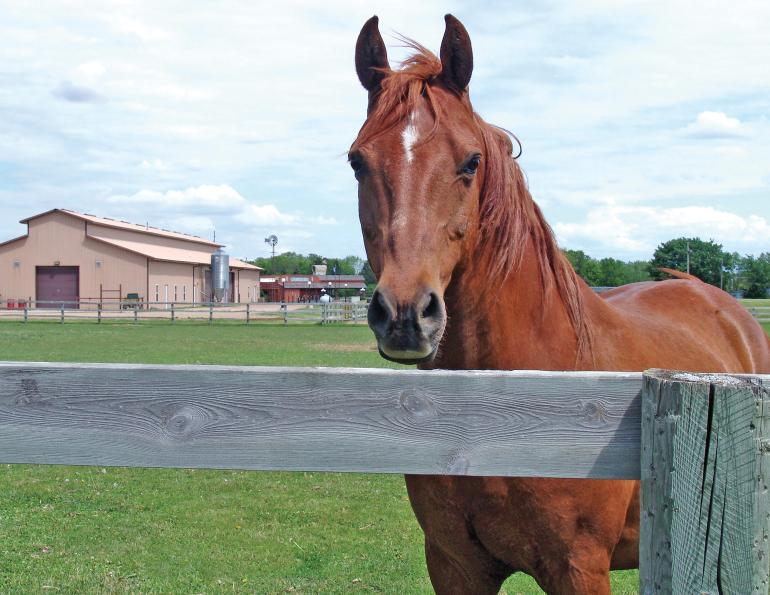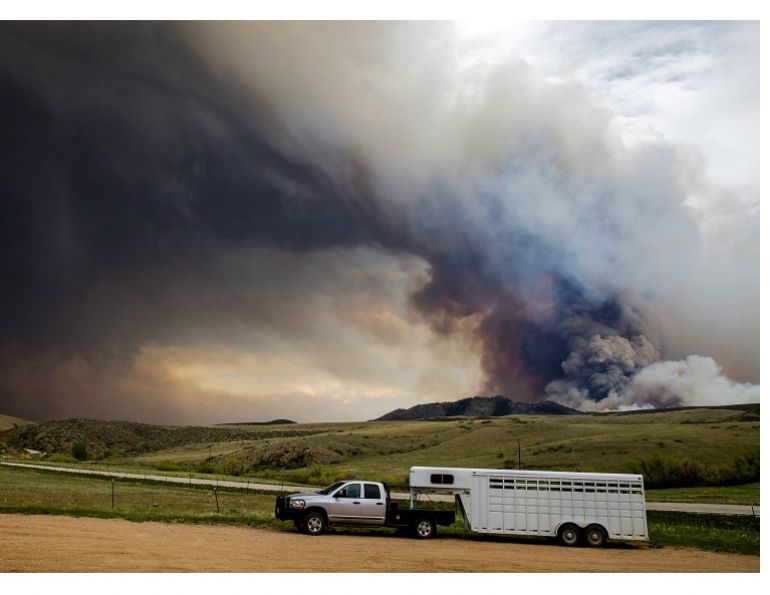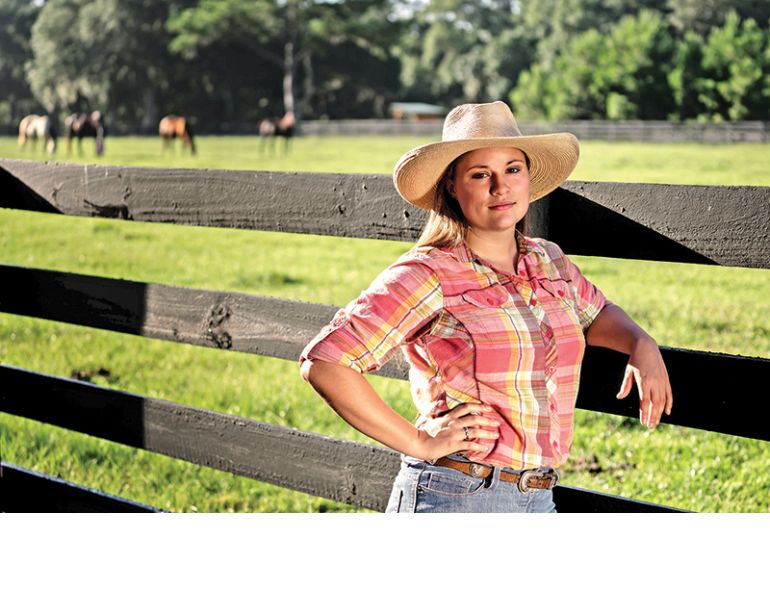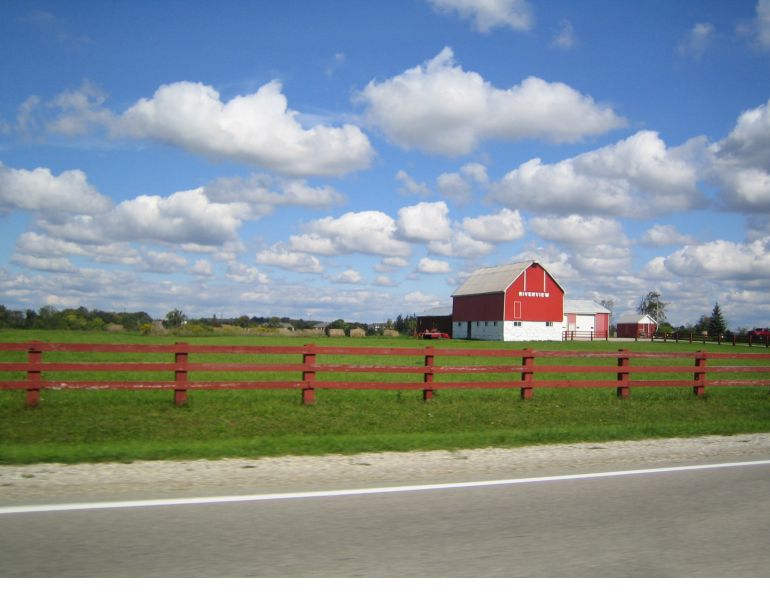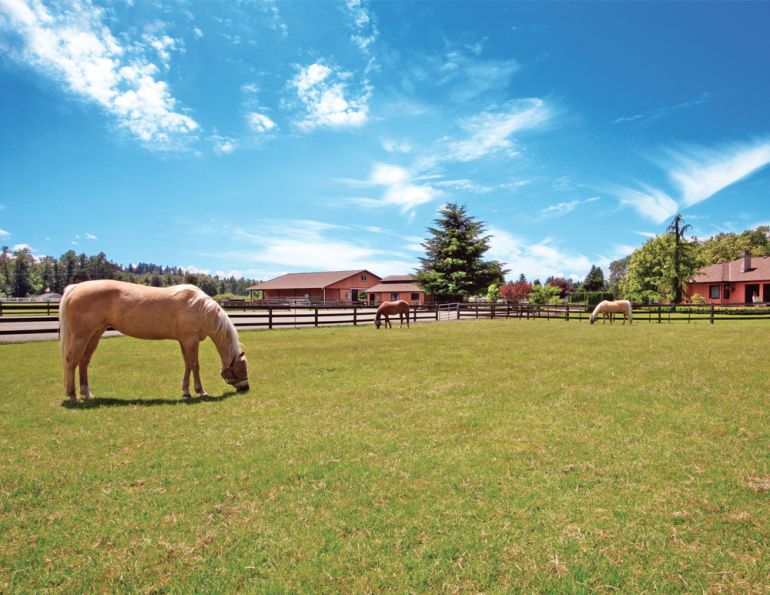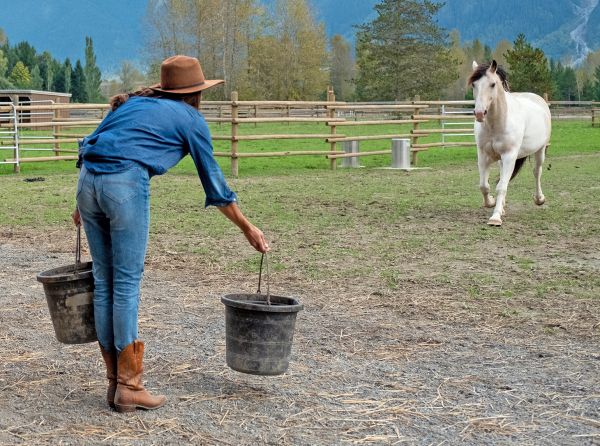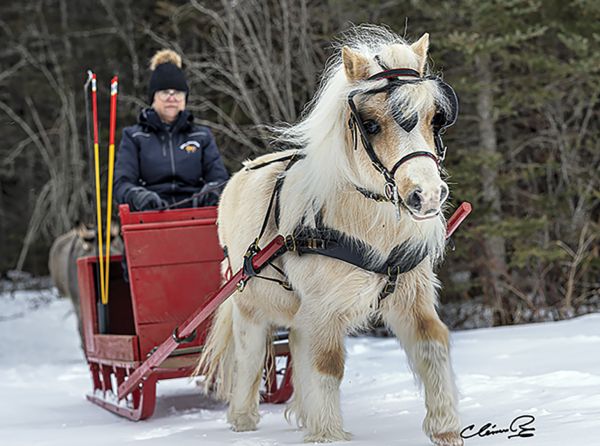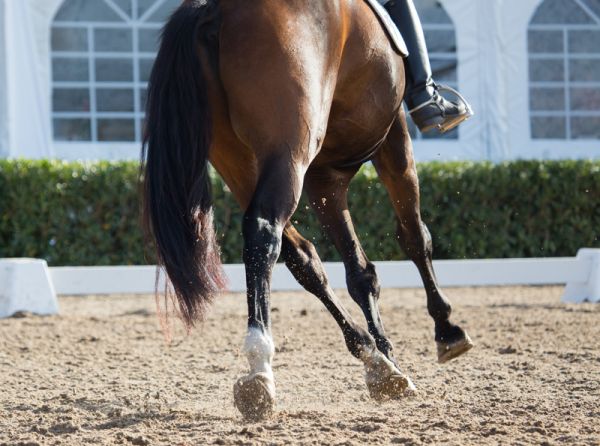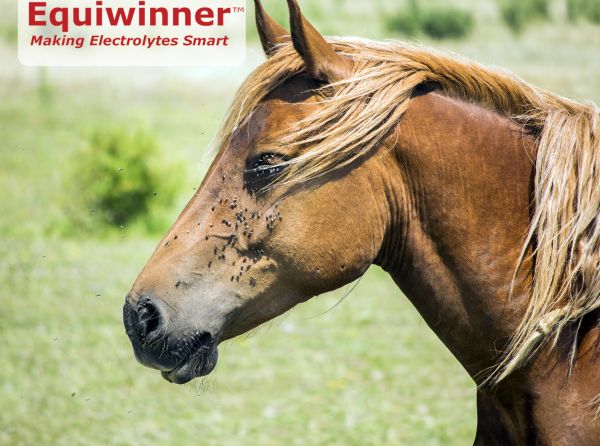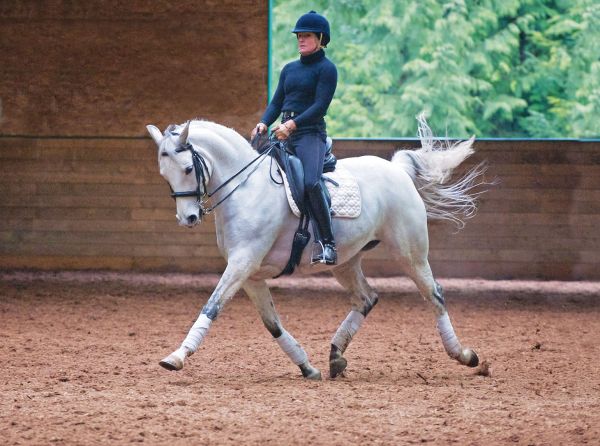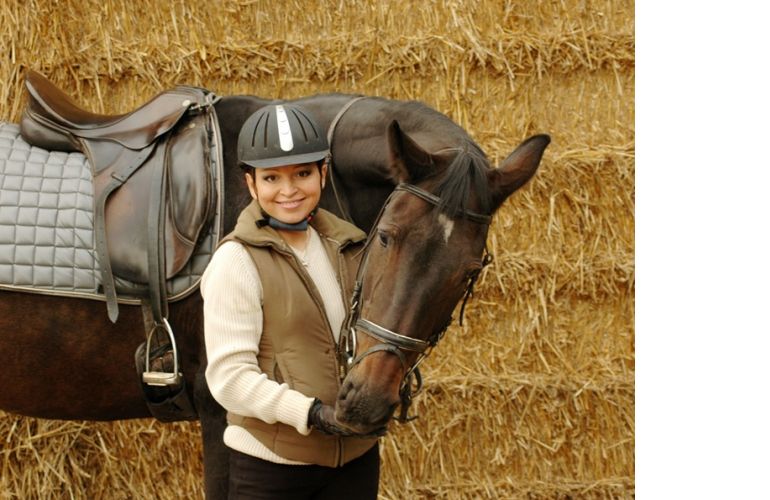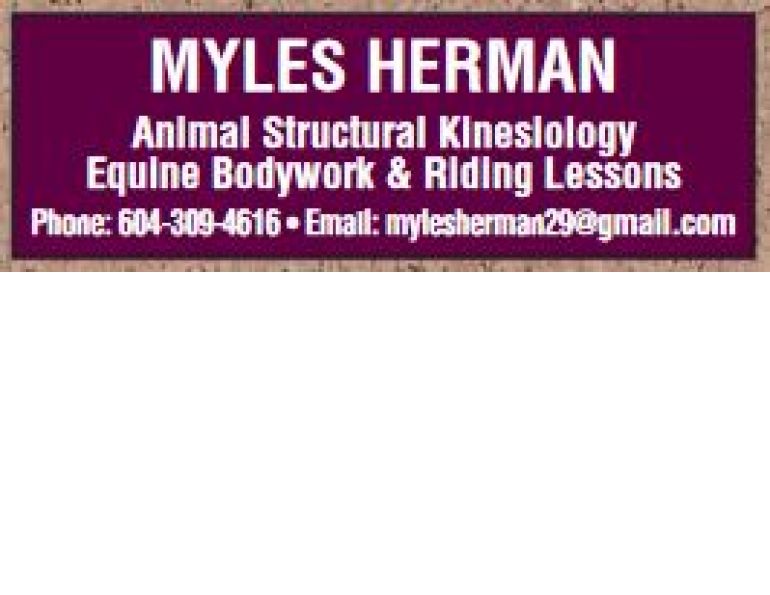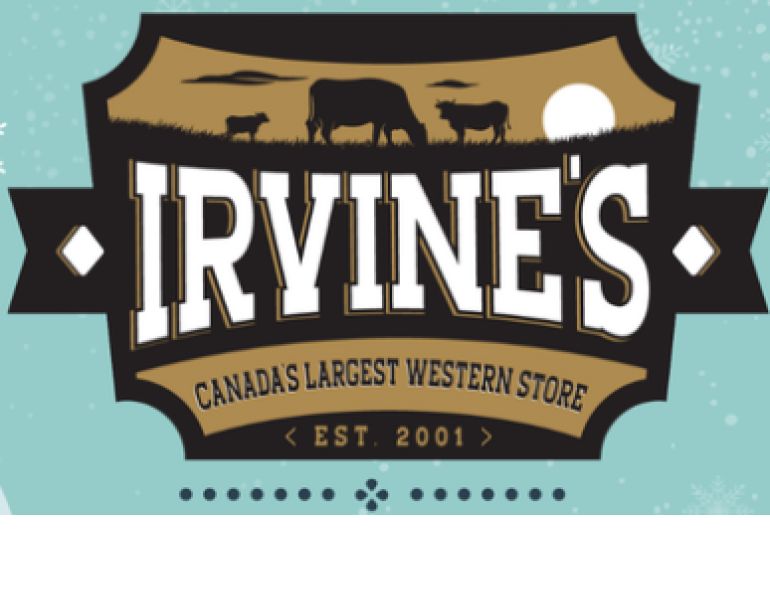By Nikki Alvin Smith
Whether you run a large horse business or a small private barn, finding good employees to help with the daily duties of horse care, training, and lessons is usually a difficult task. Some horse owners freely admit that their “horse resources” acumen is better than their “human resources” insight. In reality, good management of both takes similar talent and is easier to achieve than you might think. Here are some tips to help you along the way.
#1 - Select Staff Carefully
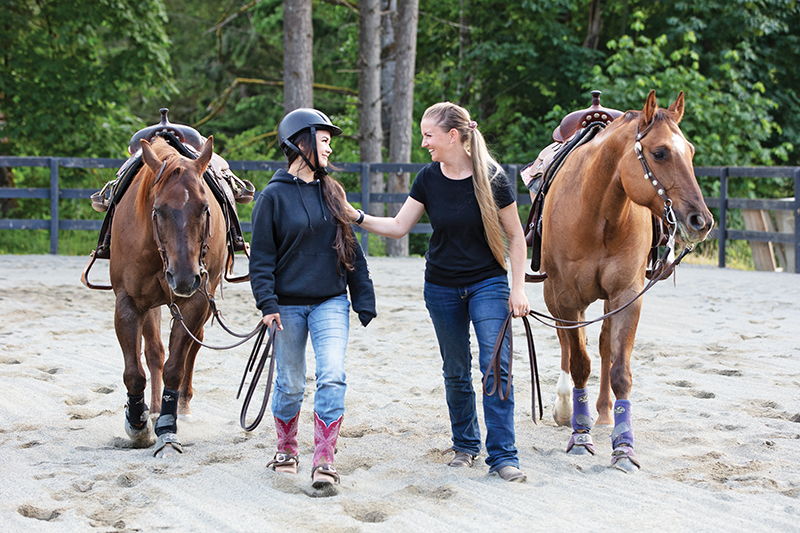
Your employees are your biggest resource and most valuable asset. As your brand ambassadors, they are the face of your company to your customers and clients. Photo: Sue Ferguson
In the words of leading entrepreneur and Shark Tank TV show’s legendary panelist, Barbara Corcoran: “When you have chemistry with a potential hire, they will most likely become a great employee.” This is one good way to narrow down your selection for a new hire.
The position you need to fill will most likely require certain skill sets. Some skills can be trained, while others may be innate. When you make a good choice there is a much better chance that the person you hire will stay and do well under your tutelage. As Corcoran also says: “Don’t teach talent that isn’t there.”

Good employees are honest, reliable, and responsible individuals. Photo: Sue Ferguson
It is a fact of life that if you hire people to work for you, at some point you are also going to have to fire people who work for you. Try to minimize the staff turnover as much as possible by checking all job references, spending time with the prospective employee to get to know them, and thoroughly explain the job requirements in a realistic manner so you can gauge their reaction.
During my career as an advanced rider, clinician, and coach I’ve often wondered why it is that folks will go to the end of the earth to select the perfect horse to purchase for themselves, yet when it comes to the person they will share their horse time with, who will care for the horse as the designated groom, barn help, or exercise rider, they rush into the final choice without due diligence.
If, like many horse owners, your equine partners are part of the family, you should care very much about who is around them and how well they will be cared for on a daily basis, and ensure the help is an honest and reliable individual with integrity.
Probation periods are an option for new employees. Much like a horse coming home on trial, they provide a valuable opportunity to assess the fit and suitability of your selection. But just as many folks won’t allow their good horses out on trial before buying, some prospective staff who have already earned a good reputation and have the required talent to do the job often won’t agree to probationary periods of hire.
Related: Building Your Dream Horse Barn
#2 - Provide a Safe and Harmonious Environment

Barn aisles should be kept clean and free of obstacles. Photo: Sue Ferguson
Regardless of the level of training or instruction services at your facility, it’s imperative that all regular occupants and visitors to the property feel safe and secure when on the grounds. This is especially true for staff who will toil long hours doing sometimes arduous and possibly even dangerous work.
The aisleways of the barn should be clear of obstacles and equipped with emergency release crossties, and must be wide enough that horse and human can safely navigate the space. Outside, the fences and gates should be in good repair, and heavy traffic areas such as entrances to barns and paddocks should be properly surfaced to avoid seasonal mud and ice issues. A clean yard is a safe yard. Equipment that might cause injury to horse or human should always be stored out of key work zones.
Fire safety is of utmost importance at a horse facility. Exit signs, no smoking rules, and properly charged fire extinguishers should always be clearly evident throughout the barn (especially at both ends of a centre aisle) and indoor riding space. Emergency evacuation plans for hurricanes, floods, mudslides, and fire should always be posted with emergency numbers on hand.
Barn rules should also be clearly posted, as well as labour law notices pertaining to the business that are a requirement for operation of the entity.
Ensure that employees are provided with a safe location to store their personal belongings when on site, and a place to relax in comfort during their breaks. Breaks should be given as the law requires. A break room or space that is heated in winter and cool in summer with a few simple provisions such as a coffee pot and a fridge with bottles of water will help refresh your staff throughout the day.
#3 - Put Training Protocols in Place
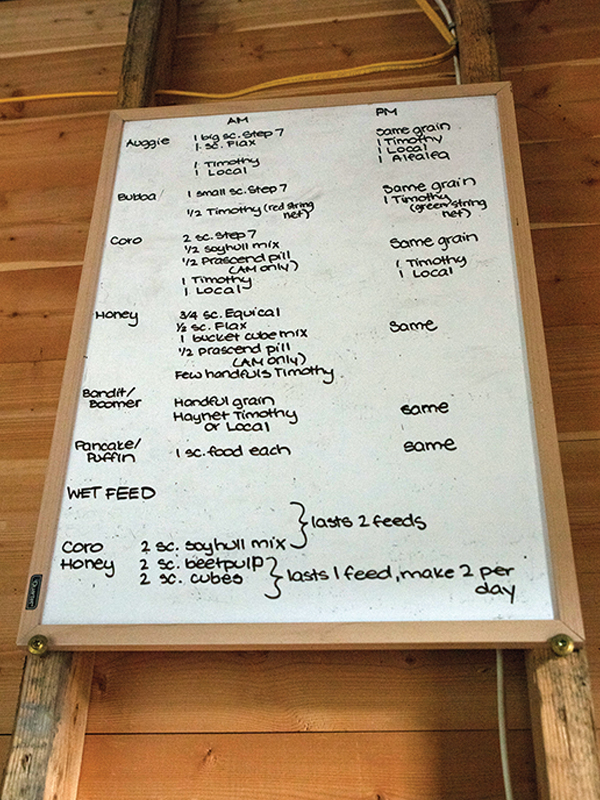
Signs with important instructions should be placed in highly visible locations. Photo: Sue Ferguson
The great ideas in your head won’t see the light of day if you don’t communicate. Employees are not mind-readers. Don’t throw them in the deep end or expect them to just get on with it. We all have our particular ways and preferred methods of doing things, and taking the time to properly explain how and when you want tasks performed is key to minimizing the time you will spend supervising staff.
Be fair-minded as you ease your new staff into your regimen. Ensure that they understand what needs to be done and have the necessary tools, clothing, and equipment to carry out their tasks with confidence and without risk of injury.
Just as you wouldn’t ask a green off-the-track Thoroughbred to jump an oxer, don’t ask your new staff member to take on more than they are trained to do and have the ability to successfully accomplish. Set your employees up for success, and help them learn their tasks inside and out with confidence in their ability to complete all facets of their jobs. For example, if your feisty Warmblood stallion requires adept horsemanship skills to handle, do not ask your newbie inexperienced employee to take on this responsibility.
Ensure that there is a time schedule available for rotational staff shifts if they apply, and that the daily chore list is checked off with the time it was completed and initialed by the person who handled it. This will minimize the time you spend checking on where in the schedule your help is currently working and what still needs to be done, as well as being able to locate them if an urgent need arises, or if they are out of cell service range.
A blackboard or similar highly visible signage at the barn entrance can alert employees to special needs that might have arisen during their absence, such as a horse showing signs of colic or lameness, or additional duties that need to be prioritized. Signs with feed times and amounts, turn-out schedules, and special instructions should be posted on individual stall doors. Include the name of any equine companion the horse should or should not be pastured with and any special paddock selection needs, e.g., for stallions or mares/foals. This information can save time and mistakes when administering feed, supplements, hay types and quantities, and address leg wrapping or medical needs that may be pertinent. If the barn has a designated feed room, feeding notes can be duplicated there too, adding an important double-check system in busy barns.
All bridles, saddles, and halters should be tagged to indicate the specific horse’s name to avoid errors tacking up. This will save wasted time refitting equipment when horses are handled.
Hopefully, each horse enjoys the important benefit of its own saddle professionally fitted for its individual needs, a bridle and bit that fit and work best for the particular horse, and a halter that won’t pull off over its head if it becomes fractious or excited during turnout and pulls back from the handler.
Related: 24 Ways to Increase Your Horse Property Income
#4 - Invest in Your Staff
“Train people well enough that they can leave. Treat them well enough that they don’t want to.” — Richard Branson, founder of the Virgin Group.
It can be difficult to manage the budget when running a horse business, but investing in your staff is a key area that should not be overlooked.
Training your employees takes time and effort, and even if they aren’t learning on the job, you don’t want them to be unable to dedicate the necessary time and effort to your work because they have to run between multiple employment places in order to earn a decent living.
It’s not fair to expect free help after hours for no additional pay. Extra payment for overtime does not have to be monetary, it can be a training lesson or a paid clinic riding slot, or extra time off. Whatever the hours, the pay and the terms of employment should always be agreed to and in writing.
“Money is not the only thing that motivates employees. It’s about making them happy.” — Barbara Corcoran
#5 - Show Respect and Communicate
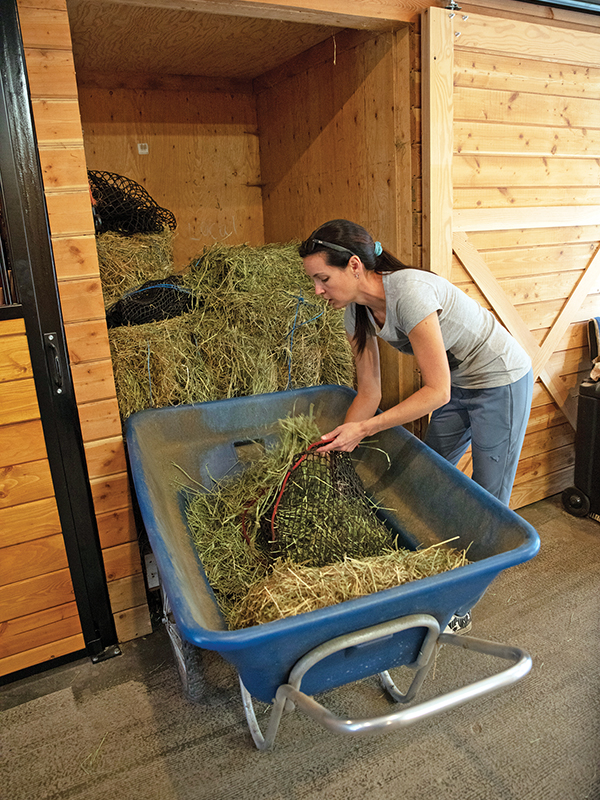
Every member of your staff should understand what needs to be done, and be provided with the necessary tools and equipment to perform tasks safely and with confidence. Photo: Sue Ferguson
The first step in good team management is to take responsibility if the fault or problem lies with you. For example, if you have never instructed your groom on how to correctly fit a double bridle, don’t just leave them to figure it out. Compare it to asking a horse that has never been off the farm to walk up on a stranger’s tiny horse trailer and settle quietly for the ride. It might happen and the result might be okay, but it also might not, so why take the chance? Training will help ensure a successful outcome.
Always show respect for your staff and take them aside at a quiet moment to address any issues that may arise. If you determine that the error or fault lies with the employee, sandwich your criticism. Acknowledge what they are doing right, then explain what they need to improve on, and then recognize that they are trying hard or doing their best. Always assure them that you are there if they have questions or need help.
Staff grievances should always be listened to and remedied as soon as possible, and not left to fester and contaminate the work environment for everyone else. Open communication is very important in establishing good working relationships.
#6 - Lead by Example and Show Appreciation
Incentivize your employee to work hard and stay keen by offering a bonus for extra effort. The “carrot and stick” philosophy works to some degree, but just as with most horses, carrots are appreciated and people are reward-driven. The carrot is the kindest and fairest way to build trust, so be generous with a well-deserved pat-on-the-back or verbal recognition. It will reap far more benefits than a “stick” or threat of consequences if they don’t improve.
Most people want to work at a job they enjoy, where they are treated with respect and have prospects for promotion and a larger paycheque or job training opportunity. As much as possible, give them what they need.
Always remember that trust builds through transparency and leadership. Set the tone and actions in the barn by setting a good example that your staff can mirror.
Remember horses behave by imitating others, too. A horse that is acting up sets a poor example to others nearby, creating a distraction at best and inspiring panic at worst. It’s a follow-the-leader mentality. Just as you would take an experienced horse and rider as the lead pair the first time you take a green horse out on the road or trail aim to be that calm lead horse yourself and set a good example.
#7 - Be the Herd Leader
Always select your staff with an eye to how they will get along with others. It is essential that everyone is aware of their chain of command and follows it. If you designate someone to be the barn manager, follow through on your delegation of duties and let them manage.
In a horse herd there is a dominant member and a leader, and they are not the same individual. Which one are you? Or is your business so small that you wear both hats? If possible, be the herd leader and let your manager be the dominant member.
Take Home Message
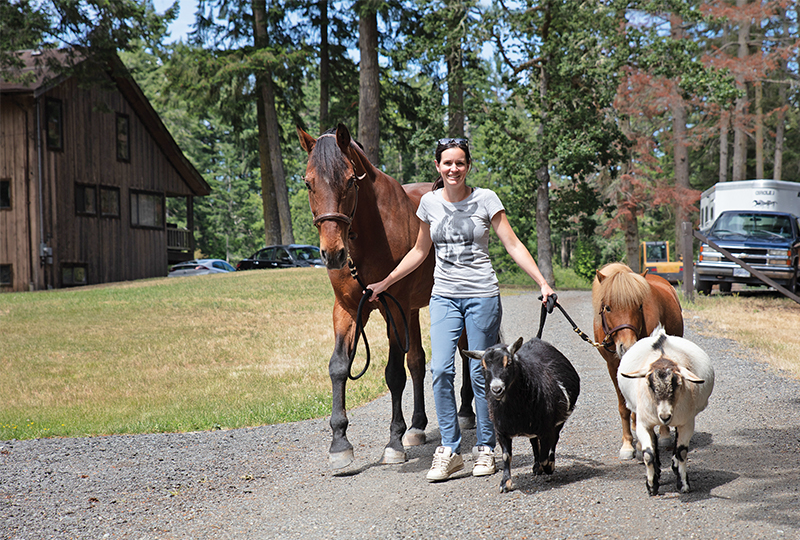
Photo: Sue Ferguson
We always learn best when we surround ourselves with others who have been successful at what we aim to do. Think of the gurus like Branson and Corcoran as your Olympic level clinicians and follow their advice to train yourself to be a better employer. Most of us did not go to school to learn how to manage staff, nor do we have degrees in human resources or psychology, but by learning and following a few simple rules, we can make life for everyone at the barn a whole lot better.
“Trust and respect are two-way streets. We want the horse to accept us as leaders of the herd, to guide them safely and to provide protection and comfort. In return, they will give us their respect, and willing submission to our ideas about what to do next, and when and where. But this respect can only be based on well deserved trust.” — Walter Zettl, dressage master.
Zettl’s advice could aptly be applied to the management of staff, too.
Related: Teaching Children to Ride
Related: How to Build Supportive Cultures in our Horse Barns
Main Photo: iStock/AkaPlummer



